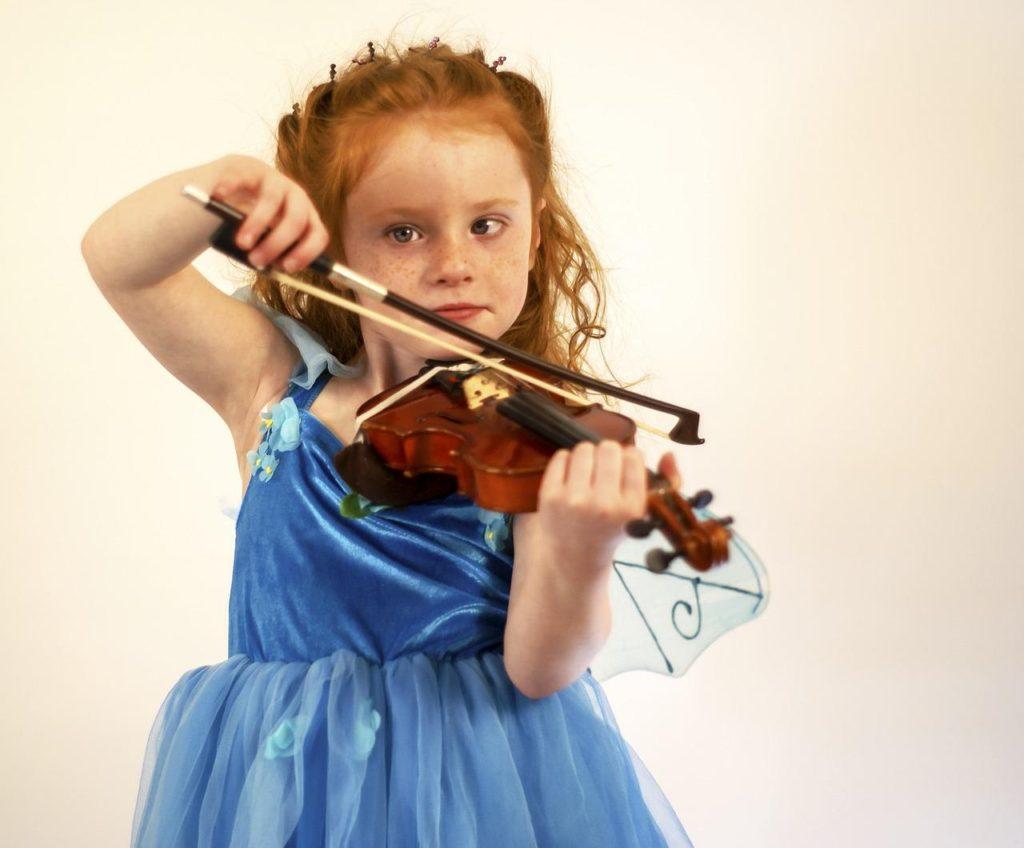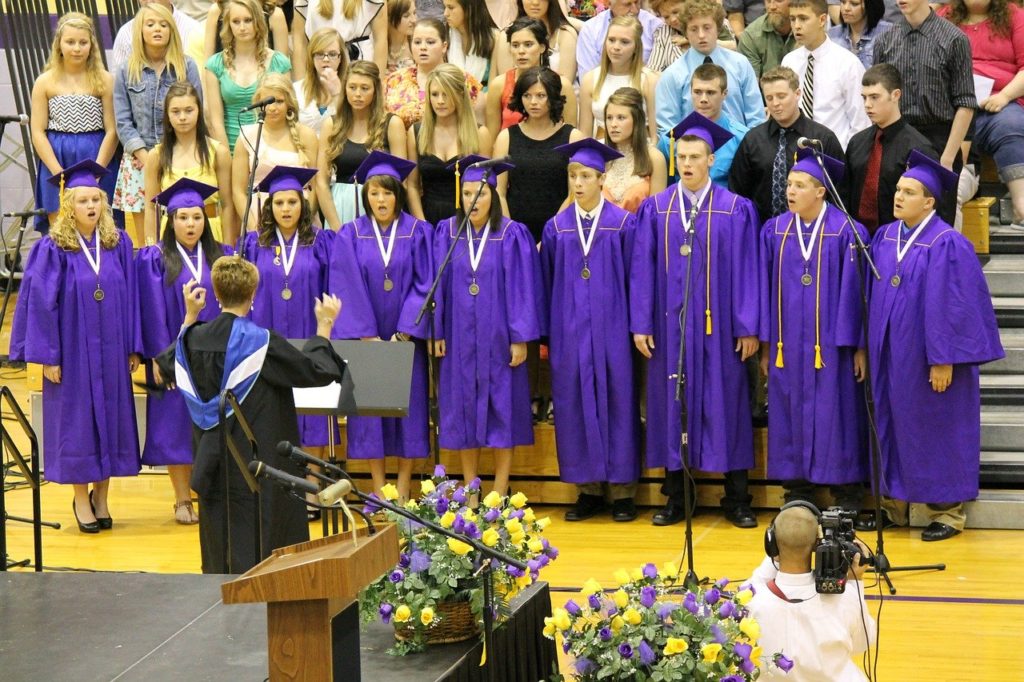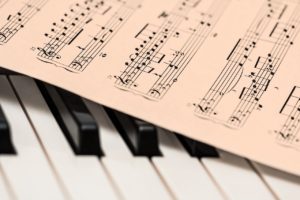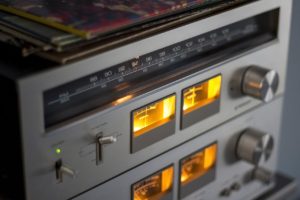Estimated reading time 4 minutes
Table of Contents
Introduction
Do your students get confused by space note D at the bottom of the treble staff? Or do they have a problem with space note B on the top of the bass staff? Read more to learn how to switch from color coded notes to special mnemonics, allowing students to graduate from the color coded music score.
- This article is part 3 of our 5-part series. Here are parts 1 and 2:
- How to Graduate from Color Coded Music Notes: showed how to use contour lines to read steps without colors.
- How to Graduate from the Color Coded Sheet Music: talked about transitioning from color coding to clef mnemonics.
- In this post (part III), we’ll discuss what I call edge notes. The edge notes consist of the outside space notes at the upper and lower edges of the staff – thus the name.
- Music teachers use clef mnemonics to teach the lines and spaces on the staff. However, students get no special mnemonics for the ledger lines or the edge notes. We will correct that oversight today for the edge notes.
- In addition, part 4 will discuss the ledger lines. Finally, part 5 will talk about using flash cards to teach ADD, LD, ASD, and special needs students.
This article uses musical terms. For definitions, see the Glossary at the end of the post.

How to Graduate from the Color Coded Music Score: Color Coding Review
Before I demonstrate how to graduate from the color coded music score, we need to revisit color coding as a multisensory teaching method. Start with these posts:
- Playing the Piano with Color Coded Notes
- Playing Piano with Color Coded LH Notes
- How to Color Code Music Notes for LD & Special Needs Distance Learning
- How to Color Code Rhythm to Empower LD & Special Needs Students
- Color Coded Quarter Note Clapping
- Color Coded Eighth Note Clapping
This next post discusses the science of color coded music:
How Long Does It Take to Graduate from the Color Coded Music Score?
It takes time to graduate from the color coded music score – how long depends on the instrument. Click here to learn more.
Graduating the from Color Coded Music Score: from Color to Mnemonic Phrases
Edge Notes
- Let’s describe edge notes in more detail. Edge notes occupy the spaces between the outside staff lines and the first ledger line above or below the staff. The ledger lines appear only when needed. If the ledger line is absent, the edge note will look like it clings to the bottom of the staff or sits on top of it.
- For example, the treble clef D (between middle C and the E on the bottom line of the staff) is an edge note. With middle C absent, the D hangs off the staff like a drop of liquid.
- This makes it look different from either the inner staff notes or the ledger line notes. That is why I gave edge notes their own category with their own mnemonics.
- In fact, the mnemonic phrases you’ll use have been derived from the appearance of the color coded edge notes. By this time, students graduating from the color coded music score will have worked with colored notes for years. The appearance of the colored notes has therefore been stored in the student’s long-term memory. Also, they will have learned the names of the notes associated with the colors.
- The mnemonic phrases use this sensory data, stored in episodic memory, to enable students to remember the names of the edge notes. Thus, the student can use the mnemonic to recognize the note even after the color has been removed.

The Mnemonic Phrases
- The example below shows the colored edge notes along with the mnemonic phrase you’ll use once the color has been removed.
- You can see that the G on top of the treble staff has been color coded green. Since the staff looks a little like a fence, we use the mnemonic, “An emerald sitting on a wall.” Likewise, the highest B on the bass staff has the color blue, so we use the mnemonic, “A blueberry sitting on a wall.”
- As I mentioned above, the D hangs below the treble staff. In addition, the student already knows that D has gray for the color coding. So, we’ll use the mnemonic phrase, “A little drop of water.” Finally, the F that hangs below the bass staff has been colored pink, so we use the phrase, “A little pink bead.”
- When students can recognize the edge notes without the colors, they’ll have successfully completed step three for graduating from the color coded music score.
Mobile users: for best results reading the music, tilt your screen 90o to the right.


Concluding Thoughts on Graduating from the Color Coded Music Score
- I said above, “…they’ll have successfully completed step three for graduating from the color coded music score…” However, you can work with contour lines, clef mnemonics, edge note mnemonic phrases, and ledger line mnemonics at the same time.
- The order for “graduating” often depends on the student and the content of the sheet music.
- Keep in mind, if a student struggles with an aspect of the graduation process, you can always reapply the colors. However, don’t give up on the process of graduating. It sometimes takes a while to complete.
- In the end, most students will graduate from the colors, even most autistic, LD, and special needs students.
© 2022 Geoffrey Keith
Join me for in-person or online lessons today!
Glossary
Should I Learn to Play the Piano One Hand at a Time or Simultaneously?
Have you ever asked yourself, “Should I learn to play the piano one hand at a time or simultaneously?” The answer might surprise you. Click to find out the practice strategies used by the most effective practicers. Estimated reading time 4 minutes.
Read MoreColor Coding Musical Accents Using the Shape Note Advantage for Accurate Special Needs and LD Performance
We approach accents differently than other types of articulations. It is not just about using color to make the accents pop off the page. Using shapes creates a guide for when to play louder. Consequently, for accents we take our example from shape notes. Estimated reading time 3 minutes.
Read MoreInsight Meaning and Examples of Insight Problem Solving
Do you naturally problem solve intuitively? Do you want to understand how insight problem solving works? Whether you’re in science, engineering, the arts, or business, those “eureka” moments can be game changers. Keep reading “Insight Meaning and Examples of Insight Problem Solving” to learn how it works. Estimated reading time 3 minutes.
Read MoreThe Narrator’s Point of View in Your Songwriting
Do you ask yourself, “What in the world is point of view anyway?” Does your audience sometimes get confused about who is singing in your songs? You may have problems with your point of view. Read more to learn about the narrator’s point of view in your songwriting. Estimated reading time 7 minutes.
Read More




